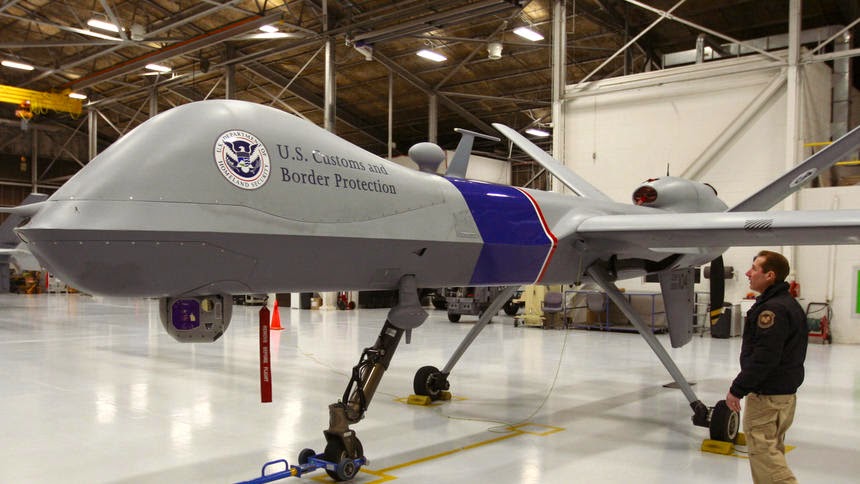Courtesy of Rinker Buck
The Boothbay Railway Village will host author and adventurer Rinker Buck for its next Winter Lecture, from 7-9 p.m. on Tuesday, March 3. Buck is the author of the critically-acclaimed “Flight of Passage,” a memoir about his record-breaking coast-to-coast crossing in a primitive Piper Cub.
In 1966, when Buck was 15 and his older brother Kernahan was 17, they rebuilt an old 90-horsepower Piper Cub in their New Jersey barn over the winter and that July flew it California, learning only after they arrived on the Pacific coast that they were the youngest aviators in history to make the coast-to-coast flight.
The Buck brothers’ “stock” Cub had only four basic instruments, no radio, and they were frequently passed by cars underneath them as they navigated in stiff headwinds along the highways of the west. The first leg of their trip (Basking Ridge, New Jersey to Carlisle, Pennsylvania) was the longest cross-country flight either one of them had made.
Buck’s lyrical account of crossing the country is a celebration of 1960s-era American innocence and the can-do naiveté of two teenage pilots who didn’t know any better about the perils they faced.
Dodging thunderstorms and flying west through stiff turbulence, they camped at night on dusty grass airports, got red-necked by swarthy crop duster pilots in Arkansas, and fixed their plane on the run as parts broke or fell off.
“Flight of Passage” is also a timeless story of fathers and sons, as the Bucks had to separate from their difficult, quirky father, who was vicariously returning to his own barnstorming youth through his sons’ flight.
Since its publication in 1997, “Flight of Passage” has become a cult book among aviation enthusiasts and is considered a classic within the narrative non-fiction genre. The New Yorker called it “a funny, cocky gem of a book” and the Chicago Sun-Times described Buck’s narrative as “Huckleberry Finn meets the Spirit of St. Louis.”
Buck will read selected sections from the humorous parts of the book, including his youthful encounters with the national media and a confrontation with the U.S. Border Patrol just before he and his brother reached California.
Buck is a Bowdoin graduate and a former reporter and staff writer for Life, New York Magazine and The Hartford Courant. He has written four more books, including his “The Oregon Trail: An American Journey,” his account of an authentic crossing of the Oregon Trail in a covered wagon with another brother, Nicholas Buck of Newcastle, which will be published by Simon & Schuster this summer.
He is presently living in Maine to help his family care for his mother.
Buck’s reading is part of the museum’s Winter Lecture Series. The talk will take place inside the historic 1847 Boothbay Town Hall at the Boothbay Railway Village. A donation of $5 is suggested for admission. The Boothbay Railway Village is located at 586 Wiscasset Road, Route 27 in Boothbay.
Story, comments and photos: http://www.boothbayregister.com
In 1966, when Rinker Buck was 15 and his older brother Kernahan was 17, they rebuilt an old 90-horsepower Piper Cub in their New Jersey barn over the winter and that July flew it to California.























